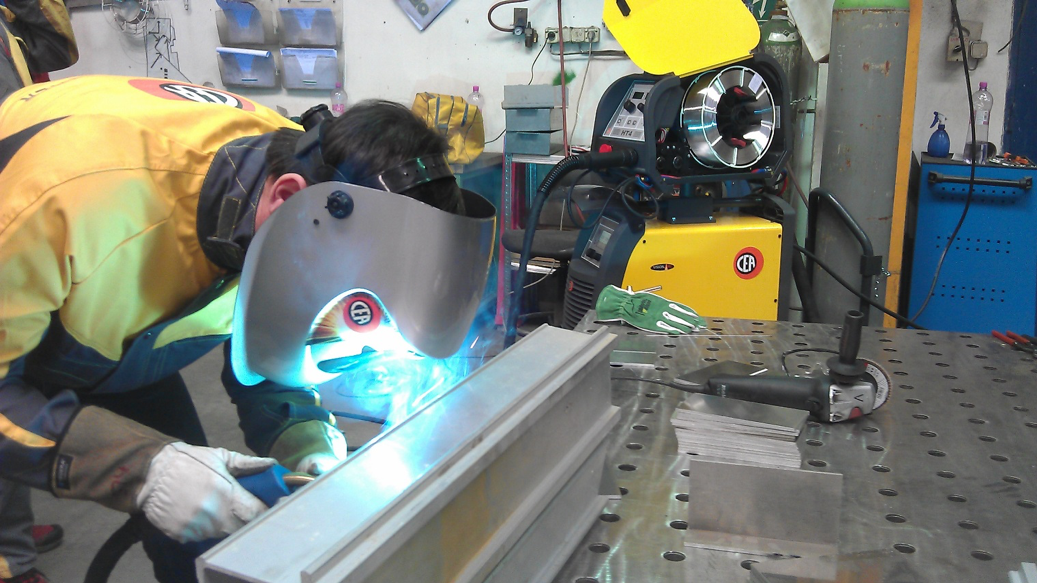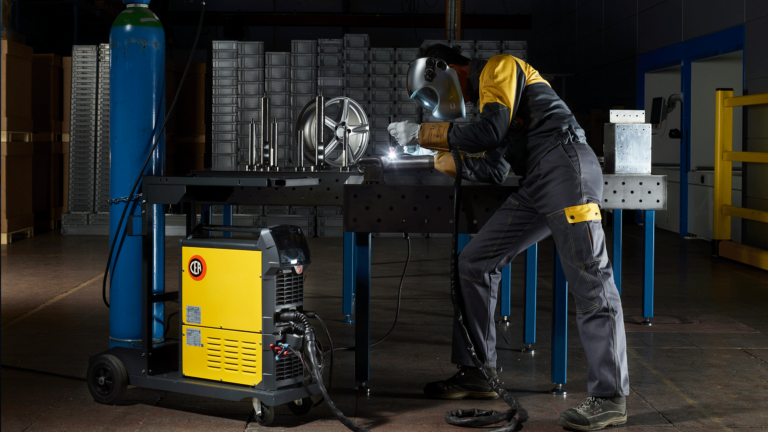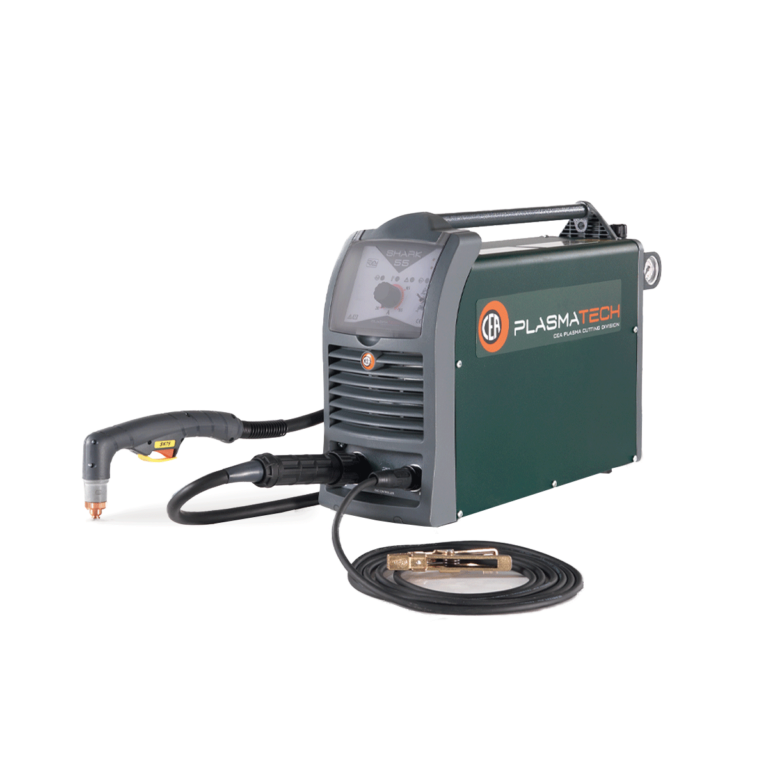Welding issues today: 3 new factors to consider

If a company does not implement modern technologies to manage the production process, efficiency starts to dip and costs rise.
The same welding issue arises when we don’t keep up with the times, using obsolete machinery.
Even the people at work are essential for steady growth. Where production cannot be fully automated, it requires specialised personnel and technologies to help prevent and predict errors.
In a fast-changing market with a high degree of competitiveness, a business owner cannot avoid investing in new technologies. This would mean being overtaken by more forward-looking competitors.
Below, we’ll discuss the 3 factors that, today, can lead to welding and production problems:
- Failure to gather information on the welding process
- Failure to consider the human factor
- Failure to predict the evolution of technology
Are you updated on the welding machines future?
Download our free guide for experts!
Welding issues: gathering information on the welding process
The difficulty in gathering and analysing data while working creates issues that can spread throughout production. Having to stop a production line or to throw away some of the material, because we didn’t notice an error on time, is equivalent to additional costs borne by the company.
Industry 4.0, which we hear a lot about, is the current technological revolution steering the ever-increasing introduction of factory automation.
We’re not just talking about robotic welders working in an assembly line, but smart machines that can gather data in real time, process it to optimise the process, and share this information with the other machines.
Digital welding machines that use accurate data and synergistically set certain parameters ensure perfect welds and high speed.
Even maintenance can be optimised when a computer is in control of the operation of the welding machine’s parts.
Remote maintenance can become a much more straightforward process, when the machine provides all the data on a malfunction or wear-and-tear.
The human factor: how to do a perfect weld

Latest-generation equipment and strict controls throughout the production line are key, but if we don't put people in the right conditions and with the right machinery to carry out various tasks, the company could still suffer.
Personnel training is essential, especially in an era where technology evolves every day.
Not all production steps can be automated, so we still need people to carry out specific tasks as well as possible, along with suitable equipment.
For instance, let’s take an operator who doesn’t have much experience yet with a welding machine. For him, the thought of carrying out good MIG or TIG welding could initially be very difficult.
Luckily, today there are welding machines so advanced that they can even assist less skilled operators, with the synergic selection of parameters, the activation of special processes, or the selection of already pre-set jobs.
However, these tools are also very useful to expert welders to simplify and speed up operations that would otherwise require much higher dexterity and effort.
The goal of the best welding machine makers is therefore clear: to ensure, through increasingly advanced technologies, the best possible result to customers with the minimum margin of error.
Welding issues: obsolete machinery slows down production
In modern industrial processes, wire feed MIG welding has become increasingly important, as it leads to high productivity thanks to its ease of use.
But that’s no longer enough.
The current world of business requires much more advanced tools to produce quickly and maintain good quality.
In companies with special requirements, it’s now necessary not just to automate many of the processes, but also to create custom solutions to solve production and welding issues.
In the era of industry 4.0, we have technologies that make industrial processes increasingly efficient, but these are often seen as too expensive and complex.
Luckily, some of the best welding machine 4.0 makers are equipped to also meet the needs of those companies that cannot completely renew their machinery.
Therefore, specific products have been created and optimised to renew and transform otherwise obsolete machinery. This type of machine fleet update is more commonly known as retrofitting.
Taking care of retrofits to automate machinery already at the company, and starting the introduction of new machinery, are less demanding choices that can be dealt with in the short term.
Not planning a budget for innovation, thus continuing to work with obsolete machinery, is an avoidable error that will lead to a lack of revenue growth.
{{cta('5535a6eb-336c-4063-9586-0c8e74209929','justifycenter')}}






